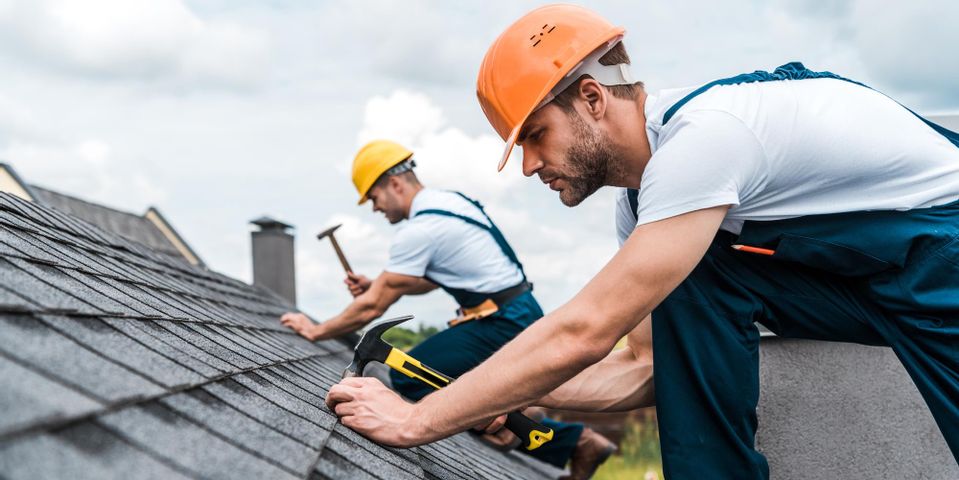
Roofing systems are designed to protect your home from the elements. It’s helpful for homeowners to understand the basic anatomy of this vital part of your home so that they can better recognize when problems might arise. Here’s what you should know about your roof.
The Components of Your Roofing System
1. Shingles
The outermost layer of the roofing system is the shingle. These structures are designed to create a powerfully sealed barrier that prevents water from entering your home. They’re made from many materials, including popular asphalt. We install CertainTeed. Lifetime Limited warranty on all of their shingles.
2. Flashing
 This is where the roof meets a wall, or chimney. Flashing’s are ran in with new shingles to direct water away. This, in turn, can prevent moisture intrusion in areas such as chimneys and skylights, which are otherwise vulnerable to potential water damage.
This is where the roof meets a wall, or chimney. Flashing’s are ran in with new shingles to direct water away. This, in turn, can prevent moisture intrusion in areas such as chimneys and skylights, which are otherwise vulnerable to potential water damage.
3. Underlayment
The underlayment is a waterproof barrier made out of synthetic fiber. It’s designed primarily to safeguard the roof from issues such as a vapor barrier, both of which can be problematic if shingles are torn from the surface or otherwise damaged. We prefer Synthetic underlayment compared to the cheaper 15LB felt option that was used before synthetic was used. Ice and Water Shield will be installed on all eaves, and valley. This protects your house from Ice Dams, and water backups.
4. Eave
At the edge of the roof is the eave, the portion that projects outward. Its primary purpose is to guide water away from the home’s windows and walls. Damage to this component often occurs when the wood starts to rot, which can lead to everything from mold formation to moisture intrusion. We install a Drip edge flashing with every new roof replacement.
5. Soffit
At the bottom of the eave is the soffit. Facing the ground, this component bridges the space between the walls of the home and the eaves. Soffits do not tend to get wet, however, and they’re vulnerable to issues like rotting wood. Animals could also build nests in between the eave and the soffit if it’s not installed correctly.
6. Fascia
The fascia is a slender piece that unites the soffit with the eaves. Since it is exposed to the weather on a routine basis, it’s vulnerable to issues like wood damage due to moisture intrusion and pest infestations. Issues such as splitting and mold should be addressed promptly to prevent more widespread problems.
7. Ridge
The roof’s ridge runs along the top of your roof where the structure’s planes come to an end point. Along the ridge is the ridge vent, which discharges heat from the attic. There needs to be an intake vent for the ventilation to work properly. (soffit vent)
If you are concerned about the possibility of damage to your roofing system, get in touch with the team at Walter St. Clair Roofing. Proudly serving clients throughout Greater Cincinnati, OH, since 1923, the company offers everything from gutter and roof repairs to siding services. Visit the website for more information, or call (513) 641-3265 to schedule an appointment.
About the Business
Have a question? Ask the experts!
Send your question

